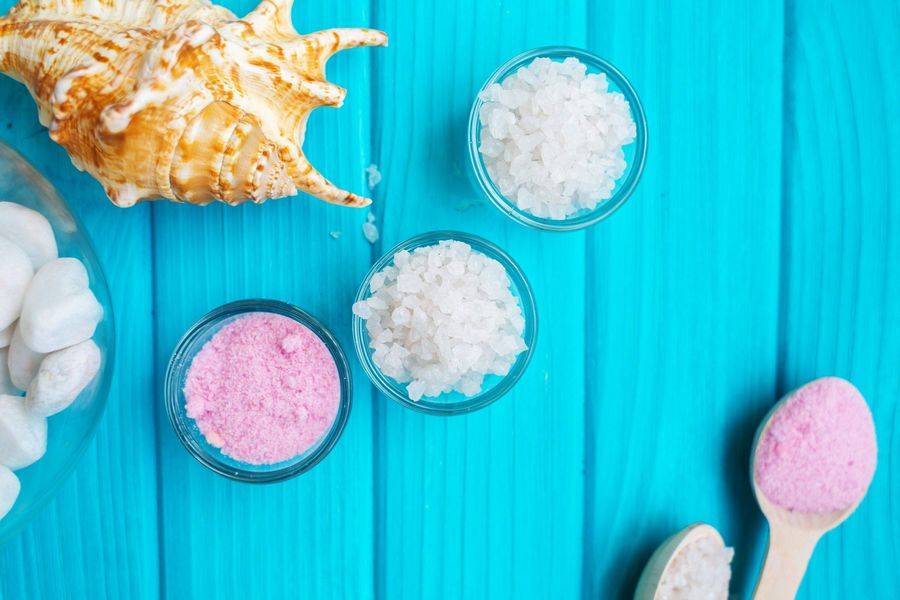
Aiste Pupiute
MSc Applied Chemistry (Cosmetics), PhD student
Expert in New Generation Cosmetics, New Formulation Creator, Cosmetics Visioner
The sea and ocean environment is one of the most unique sources of bioactive and natural compounds we have. Seaweed extracts contain moisturizing, anti-aging, anti-pigmentation, and protective properties. Although herbal ingredients are still widely used in most cosmetics, seaweed extracts have recently become one of the most promising cosmetic ingredients due to their unparalleled biological and chemical diversity.
Anti-Aging
Skin aging is caused by changes in the intercellular matrix that promote wrinkles, pigmentation, and decrease elasticity. The appearance of wrinkles can be influenced by both internal (genetic, hormonal, and gender-related) as well as external (UV rays, smoking, stress, pollution, and nutritional) factors. Among the natural ingredients used to prevent wrinkles chlorophylls, lipopeptides, tripeptides, carotenoids, or even fatty acids are considered to be among the most active because of their anti-aging properties. For example:
- β-carotene in Ulva lactucaalgae prevents the formation of reactive oxygen species (ROS) and has antioxidant properties.
- Fucoidans in Himanthalia elongataextract inhibit collagenase and elastase enzymes, thereby slowing down the aging process.
UV Protection
The skin can be damaged by chronic exposure to UV rays. For example, UV-A (400-320 nm) rays not only contribute to skin aging but can also cause skin cancer, whereas UV-B (320-290 nm) rays can lead to sunburn and eventually to malignant tumours of the skin. Luckily, damage caused by UV rays can be mitigated by taking appropriate measures. Some genera of algae use UV radiation to produce energy, which means that they are highly adapted to the harmful effects of UV rays. Research has shown that algae of marine origin produce compounds that absorb UV rays. For example:
- Mycosporin-like amino acids (MAAs) which can be derived from green algae (Acrosiphonia arcta, Prasiola crispa etc.), brown algae (Phaeophyta, Ecklonia radiata), red algae (Bangia atropurpurea, Chondrus crispus etc.) promotes UV absorption thanks to conjugated double bonds present in the MAA.
- Palitin found in red alga Chondrus protects the skin from harmful UV rays.
Hyperpigmentation
Skin hyperpigmentation is caused by an increase in pigment melanin, which is synthesised from the amino acid L-tyrosine by hydroxylation and oxidation reactions using the enzyme tyrosinase. Disorders of hyperpigmentation are best treated using a combination of ingredients including tyrosinase inhibitors and exfoliating agents. Marine extracts contain many bioactive components, for example:
- Fucoxanthin, found in algae Nannochloropsis gaditana or Chlamydomonas reinhardtii, decreases tyrosinase activity and melanogenic enzymes in UVB irradiated skin.
- Diphlorethohydroxycarmalol, which can be extracted from Ishige okamurae , reduces skin pigmentation.
Bious anti-aging products contain effective combinations of the above listed marine ingredients ensuring that a systematic application will improve skin condition.




